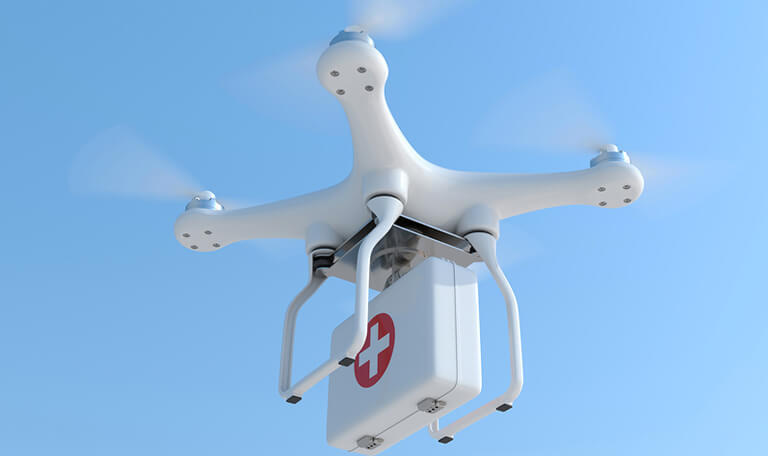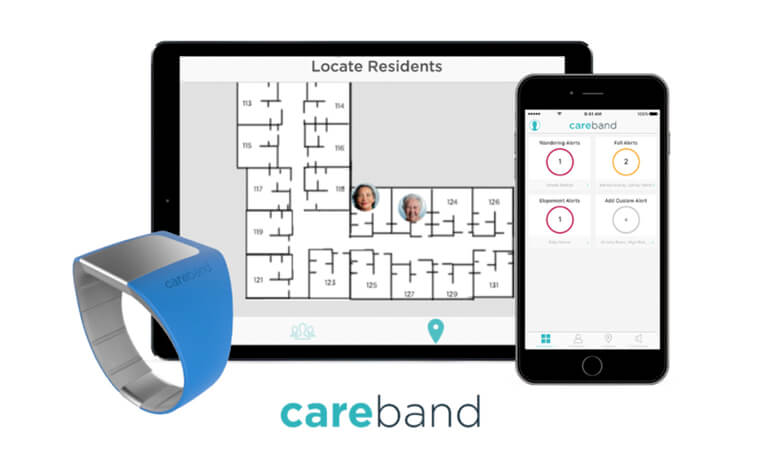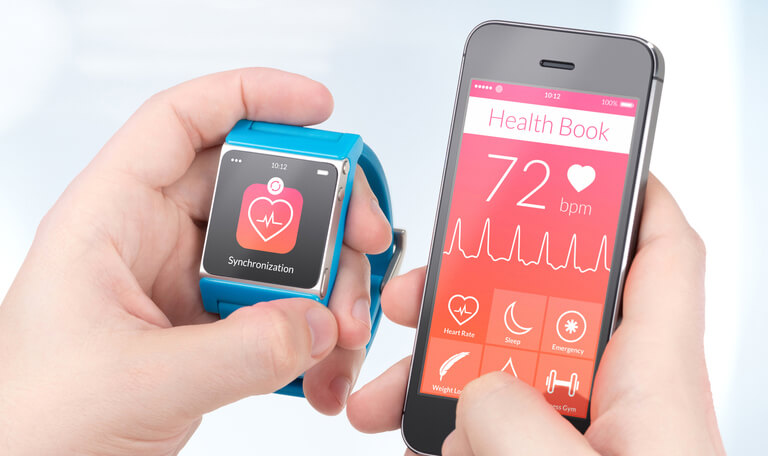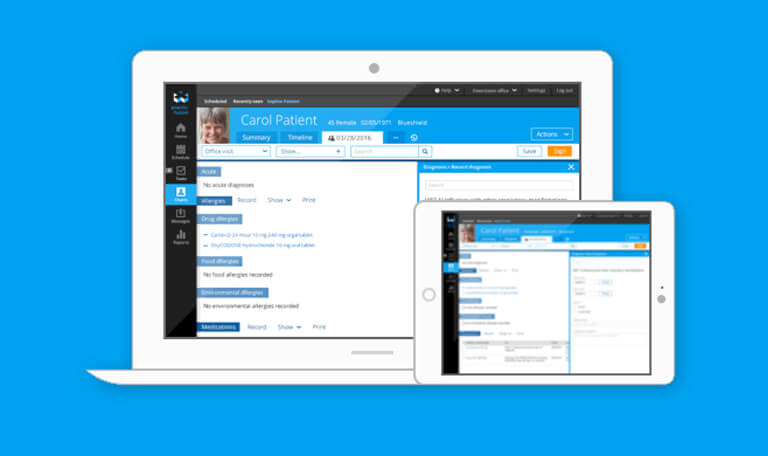Health, Data and Technology
The prominence of technology and data within the healthcare sector continues to grow at a rapid rate. To understand more about the relationship between health, data, and technology, this post discusses how technology and data come together to provide us with ways to stay not only healthy but in some cases simply alive.
Technological achievements creates health advances
Technological feats have seen the rise of various devices and gadgets that can be used for a variety of health reasons. For example within the spring of 2016, there were talks in India to use drones to help deliver organs to patients. Bringing about an end to lengthy delivery and wait times for patients, as it was estimated that these drones could cut down delivery times by more than 50%.

The prototype drone that was tested for organ delivery missions, dubbed the 184, is completely autonomous. Simply input the destination into the drone’s accompanying smartphone app prior to take-off then sit back and relax. The drone itself is capable of carrying an item for over 10 miles and can reach speeds of 65 miles per hour, helping to provide rapid delivery within a large radius.

Another tech wonder is the Careband. The band has been designed for people with dementia and allows them to be looked after by their carer without needing to be with them 24/7. So how does it work? Well, the patient wears the band and the built-in GPS constantly keeps track of their location and behaviour. This information is then sent to the caregiver to help them see where the patient is at all times. However, should there be a change in the patient’s behaviour; the band immediately alerts the caregiver. This helps the caregiver act accordingly and quickly, keeping the patient safe at all times. The band itself is also waterproof, comes with a lengthy 30-hour battery life and can even track patients from a 3-mile radius, all of which works to give the caregiver and patient total peace of mind.
Health & Data
While tech products themselves are undoubtedly lifesaving, the data provided by these products are equally valuable, as it can help medical professionals see trends and prevent or reduce the risk of certain illnesses.

Digital products such as Samsung’s S health app and Fitbit both keep an account of the user’s daily activity to later present this information in the form of graphs and charts for their consideration. While collecting copious amounts data may be seen as intrusive on the individual, this information can be crucial in helping people to change their lifestyle and diets.
Due to the rise in technology, it is hard to deny our lives haven’t become easier. If everything a person desires can be brought at the touch of a button, then why bother traipsing through several shops? With these and other similar fitness digital products, users can receive a gentle reminder to exercise and lead a healthier life.
Health & Big Data
Analytics play an important role in contemporary medical institutions as big data can be used to introduce new changes, products, services and initiatives within the healthcare sector. For example, healthcare analytics can be used to potentially reduce costs of treatment, avoid certain preventable diseases and even improve the quality of life of people worldwide.
One example of big data being used in healthcare is Electronic Health Records (EHRs). EHRs contains key patient information, previous medical history, laboratory tests, allergies etc safely stored in different files and systems. They also contain a file that can be easily updated based on a patient’s current treatments, lab results, etc.

EHRs can also inform patients as to when they need new lab tests or inform doctors of when a patient has not been following their orders. These records are updated in real-time, to ensure accurate and relevant information. While EHRs may not be widely available within the EU yet, there are plans to have a European-wide centralised EHR system by the year 2020. So, while the scheme is not yet complete, there is no denying the movement of the healthcare sector towards using big data.
The importance of data and technology within the healthcare sector is undoubtedly growing. We use innovative digital products to help us in our daily lives and databases to learn more about our lifestyle. We see patterns that can help us make changes for the better and improve our health. As these new technologies and the reliance on data increases, it is an exciting and optimistic time for healthcare professionals and patients worldwide.

